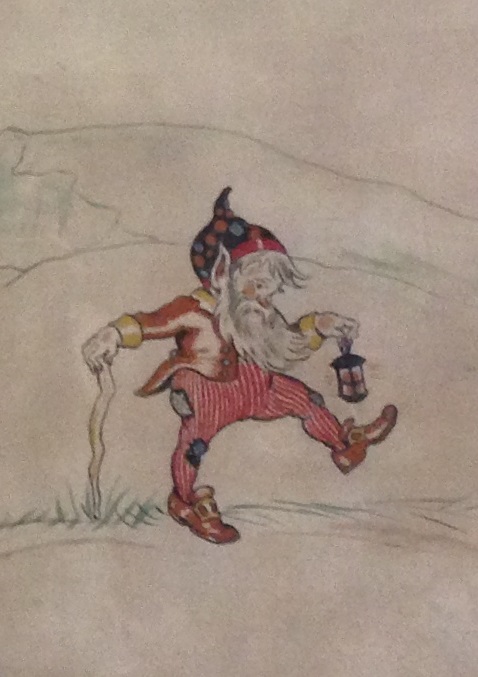Monthly Archives: August 2017
Change for baby health centre
After almost 75 years of service in the area of early childhood services, the old Concord Baby Health Centre at the corner of Clermont Avenue and Wellbank Street is to become the home of the Drummoyne Art Society and will be known as gallery57.
The Concord Baby Health Centre was the first baby health centre to be opened in the metropolitan area in 1943. Despite the contingencies of war, the centre provided an important service for mothers and children. It not only monitored the health of young children but provided advice for mothers on all aspects of care for babies and pre-schoolers, including advice on suitable toys.
A notable feature of the Concord Baby Health Centre was a mural by children’s writer and artist Pixie O’Harris who also decorated children’s hospital wards. Below is a figure from the mural which was fully restored in 1993.
The new gallery57 will open on 2 September 2017, ensuring this now historic building continues to play an important role in the community.
The world of May Gibbs
This year’s History Week will be marked with a special talk on May Gibbs in Popular Culture by Alison Wishart at Five Dock Library.
May Gibbs is one of Australia’s most popular and enduring children’s book authors and illustrators. Her picture books have delighted successive generations for over 100 years. She drew her inspiration from her childhood spent visiting the bush south of Perth, and later from her large garden in Sydney’s Neutral Bay and bush walks in the Blue Mountains.
An early environmentalist, she urged her readers to ‘be kind to bush creatures’. This illustrated talk will examine the enduring influence of Gibbs’ artwork and books, her charitable work and how she built her career.
The talk will be at Five Dock Library on Wednesday, 6 September 2017 at 7pm and is free, although are essential. The talk is proudly presented as part of the History Council of NSW’s Speaker Connect program for History Week 2017 and supported by Create NSW.
The images, above, show an illustration from Gumnut Babies by May Gibbs, 1916 (left) and ‘Souriante’ a self-portrait by May Gibbs, 1923. Images are from the May Gibbs Archive, State Library of NSW © The Northcott Society and Cerebral Palsy Alliance.
Mapping our past
A highlight of History Week at the City of Canada Bay Museum will be the unveiling of a recently restored historic map of Concord.
The map was restored through grants received from the City of Canada Bay. The Mayor, Helen McCaffrey, will unveil the map which was originally produced by Higinbotham & Robinson in 1890. The Municipality of Concord had only been formed in 1883, so the highly detailed map provides a window into Concord at that period.
Following the unveiling, the Local Studies Librarian will speak about the Concord community of the late nineteenth century as revealed by the map. The unveiling and talk will be at City of Canada Bay Museum on Saturday, 2 September 2017 at 1.30pm for 2pm start.




